The Abeyadana temple was built during A.D 1102-1103. The temple is located at the north of the royal palace of King Kyanzittha. It is a temple of classical architecture. bases square and large porch in north where there lies a central pillar. and then a great sitting Buddha. Paintings are the true treasure of this temple and they are rich of teaching on the atmosphere of Bagan of the ancient time.
History
The history of this temple says. while Kyanzittha sheltered at Nagayon during his flight from Sawlu. his wife Abeyadana waited for him a short distance away. At that site he subsequently built this temple. which is similar in plan to the Nagayon. The name of the temple was given after King Kyanzittha’s first queen “Abeyadana”. whom he married while he was still a young warrior.
Abeyadana meaning the “abandoned jewel” was a follower of Mahayana Buddhism since the frescoes on the outer walls can be seen with images of the Hindus Gods like Indra. Shiva and Vishnu. The inner shrine contains a large. brick-built seated Buddha. but the fine frescoes are the main interest here. Of the many Buddha niches lining the walls. most are empty. Some contain bodhi-sattvas and Hindu showing a Mahayana influence accredited to the tastes of Kyanzittha’s Bengali bride.
The shape of the Pagoda’s base which is in the form of Kalatha pot. its curvilinear roof. mural paintings and the window style. the structure is definitely to be of early A. D. 11th century. The zedi on the top is of Ceylonese design. it is a well-proportioned cave pagoda facing north.
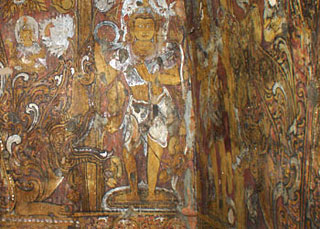 |
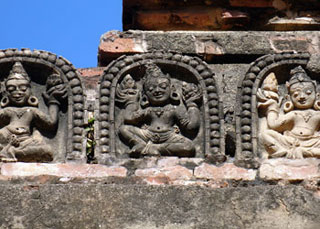 |
It is one of those monuments famous for their fine frescos. The striking feature of its frescos is that the pictures on the inner wall depict Mahayana. Theravada Buddhist and Brahmanic episodes. Devas and their vehicles were also presented in the pictures. On the western wall are pictures showing the Lord Buddha giving sermons to the monks. the royalty and the court and the people presented separately. On the outer walls are the pictures of Bodisatta (Buddha to be) sitting on a lotus throne with one leg up and the other down. and two attendants by his side. Above it are the pictures of Mahayana themes and those of recluses living in the caves. On the outer wall of the image house are paintings in which the Guardian goddess of the Yamuna River and that of the Ganges River. Wind god. Moon god. Vishnu. Siva. Brahma and their vehicles were presented. On the wall at the northern entrance are the pictures presenting 550 Jatakas. with captions in ink.
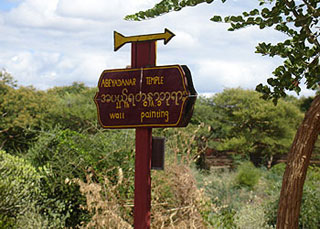
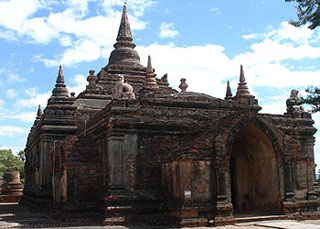
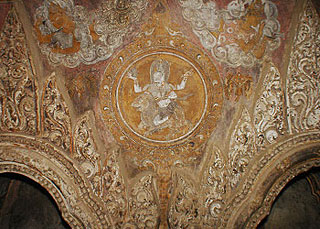
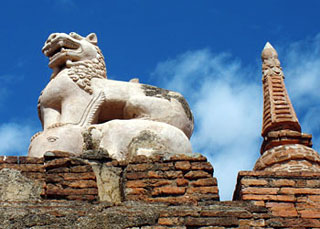




Comment (0)